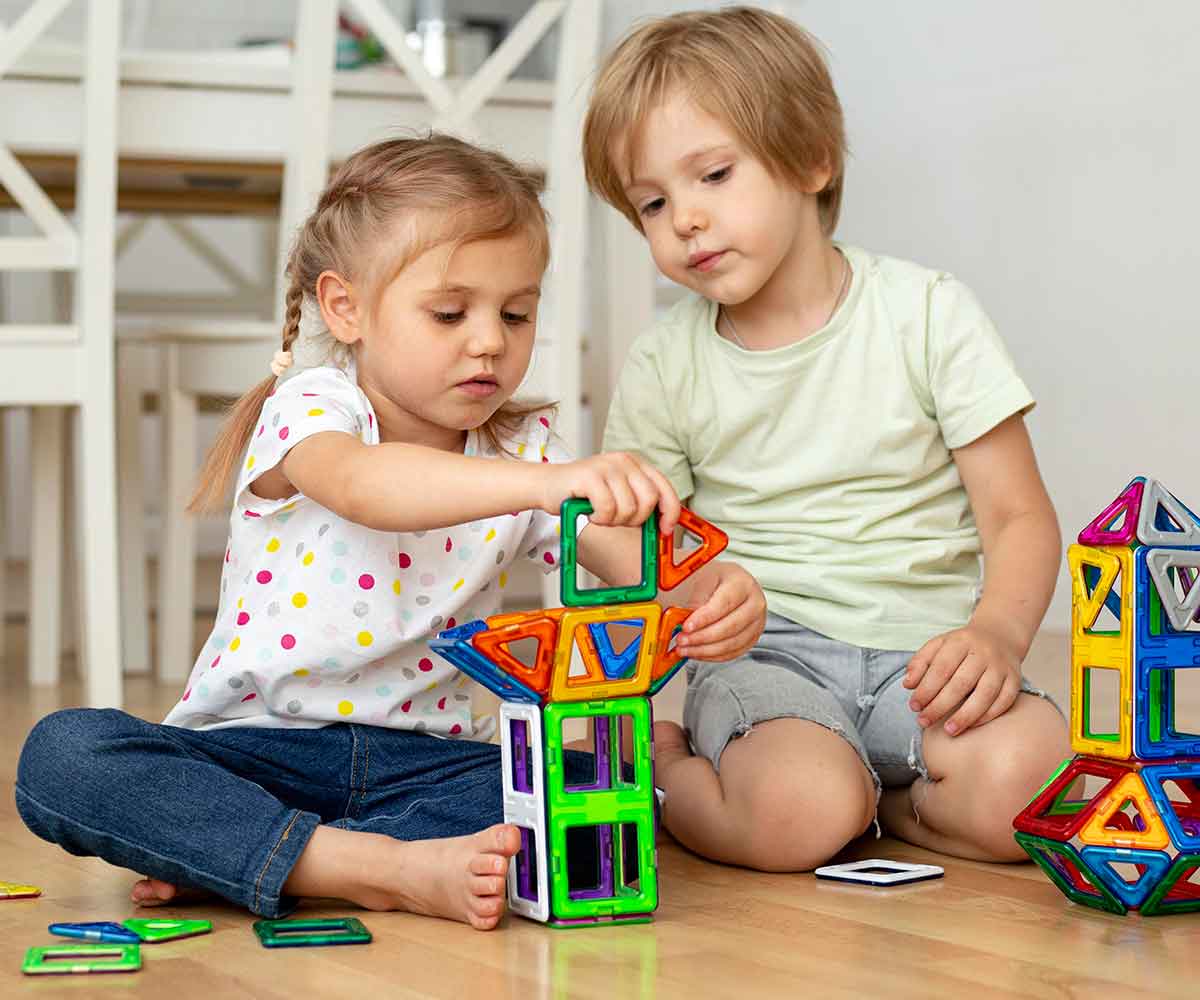Parents play a vital role in supporting their child’s communication development. With a few simple tools and activities, you can turn everyday moments into powerful opportunities for growth. Here are ten effective speech therapy activities you can try at home.
Why Home Practice Matters Speech therapy at home complements clinical sessions by reinforcing skills and providing extra practice. Home practice also helps children apply their communication skills in familiar, everyday contexts.
Top 10 Activities
- Story Time: Read age-appropriate books and discuss the characters, plot, and pictures. Pause to ask open-ended questions.
- Picture Cards: Use flashcards to name, categorise, and describe objects. Great for building vocabulary and sentence structure.
- Sing-Alongs: Songs with repetition and rhyme help with articulation and memory.
- Role-Playing: Create imaginary scenarios like “grocery store” or “doctor’s office” to practise turn-taking and expressive language.
- Art Projects: Talk through steps and describe materials. This builds sequencing and descriptive language.
- Cooking Together: Follow simple recipes and talk through each step. Enhances sequencing and comprehension.
- Treasure Hunts: Use verbal clues to direct your child around the house. Supports listening skills and direction-following.
- Mirror Games: Make silly faces or pronounce sounds together while watching in a mirror. Helps with articulation.
- Sound Sorting: Group objects by their beginning sounds (e.g., ball, book, banana). Encourages phonological awareness.
- Daily Journals: For older children, keep a journal where they draw or write about their day, then discuss it together.
Tips for Parents
- Keep sessions short and engaging.
- Use praise and encouragement to keep motivation high.
- Be consistent and incorporate language into daily routines.
- Don’t worry about perfection – focus on effort and participation.
Supporting your child’s communication doesn’t require fancy tools – just time, attention, and a few fun ideas. These activities not only reinforce what they learn in therapy but also build lasting confidence. Use these speech therapy resources to create playful, purposeful moments at home.


